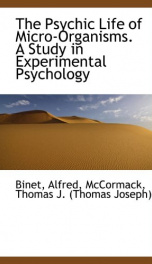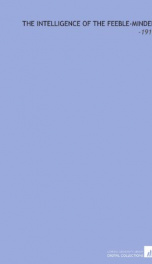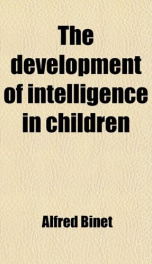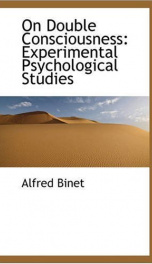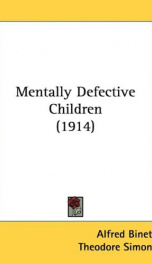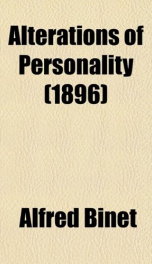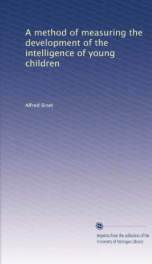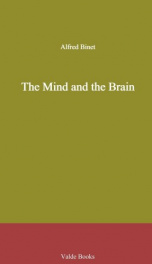the psychology of reasoning based on experimental researches in hypnotism
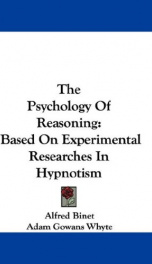
Purchase of this book includes free trial access to www.million-books.com where you can read more than a million books for free. This is an OCR edition with typos. Excerpt from book: CHAPTER III. REASONING IN PERCEPTION. In external perception the images which arise in us from contact with objects derive a group of properties from their origin which are entirely wanting in isolated images, which we studied in the preceding chapter. Directly suggested by exterior impressions, they associate themselves organically with these impressions, so as to form an indivisible whole which corresponds to the idea of a single object. By means of this sensory bond each image consequently undergoes all the modifications which the sensation directly experiences. Practically, as regards the observer, it behaves like a true sensation. The chapter which follows might therefore be entitled: '' The properties of images which are associated with sensations. In the study of these phenomena we shall turn once more to hypnotic hallucinations, for in the normal state they are too weak to be observed. But here a preliminary objection arises: How can the hallucination be of use in the study of normal perception, an operation which is produced by a cooperation of the senses and the mind? Is the hallucination not a sort of delirious conception which arises wholly from a diseased brain ? When we say to a hypnotized subject: There is a serpent! and when, looking at the ground, she sees the serpent crawling towards her, what is real, what is objective in this apparition? Such is the objection which may be made a priori. But by carefully observing the hypnotic hallucination (the only one we shall refer to), and also by replacing mere observation by experiment, we find that a part of sensation enters, if not always, at least often, into this phenomenon. This is perhaps not an absolute rule, but the case is very common. Here is a first experiment which proves this: We present a p... --This text refers to the Paperback edition.
Info about the book
Author:
Series:
Unknown
ISBN:
1177615665
Rating:
3/5 (3)Your rating:
0/5
Languge:
English
Users who have this book
Users who want this book
What readers are saying
What do you think? Write your own comment on this book!
write a commentif you like the psychology of reasoning based on experimental researches in hypnotism try:
Do you want to exchange books? It’s EASY!
Get registered and find other users who want to give their favourite books to good hands!

